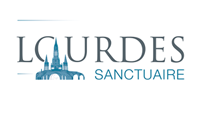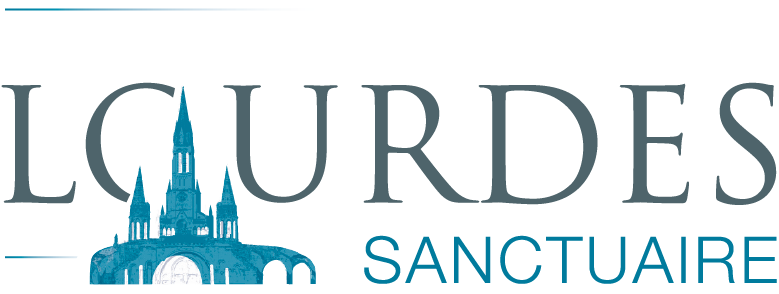Stage 1: From the “Declared” Cure to the “Unexpected” Cure
All possible information is gathered from the person who believes they have received the grace of a cure by the medical officer of the Medical Bureau, who then proceeds with a primary evaluation to:
- to build up a file on the illness with a report on the current state of health to judge the person’s personality in order to rule out trickery, acting, illusion, a possible hysterical or delirious pathology.
- to judge if this cure is clearly beyond the normal medical provisions of the illness in question, note the circumstances of the cure itself, and verify if it happened according to extraordinary, unforeseen, striking or remarkable conditions. Some of these declarations will be marked “no follow-up” or “pending” or registered as “unexpected cure” to be studied.
The bishop of the diocese where the person claiming to be cured lives will be infirmed that this cure is the subject of an enquiry and a doctor nominated by him can also be informed./span>
Stage 2: from the “Unexpected” Cure to the “Confirmed” Cure.
The files of the “unexpected cures” are studies to complete the authentication inquiry that consists of a comparative study of the medical documents before and after the cure. This is to ensure that there was an indisputable change from a precise medical diagnosis of a known illness to a situation of restored health. They will also look to see if this cure shows signs of being completely out of character with the development of this illness. The opinion of a large number of professional specialists will be sought by a member of the CMIL before the file is presented to a gathering of the CMIL. In the end, the CMIL will classify the cure as no follow-up or they will validate this cure which they feel has been “thoroughly discussed and confirmed”
Stage 3: Opinion for Recognising an Unexpected Cure.
This is the final stage where the CMIL will affirm the “exceptional character” of a cure according to present scientific knowledge. The file is then sent by the Bishop of Tarbes and Lourdes to the bishop of the diocese where the person who was cured lives. The support of the Lambertini criteria will assure that the cure has been found complete and lasting, from a serious illness which is incurable or of an unfavourable prognosis and, that it happened in a sudden way.
Contact
Office of Medical Observations
Sanctuary Our Lady of Lourdes
65108 Lourdes Cedex France
Tel. : +(33) 05 62 42 79 08
send an e-mail





